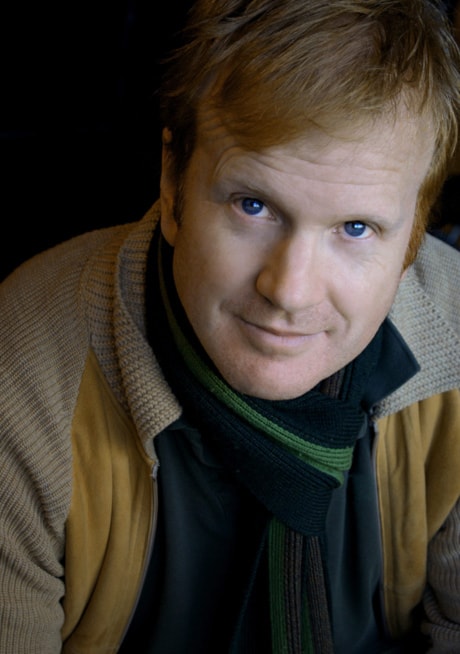TORONTO — A few years back, author Timothy Taylor began to notice street art that was mysteriously appearing around Vancouver’s Downtown Eastside.
His second novel, Story House, had just come out (his first was the Scotiabank Giller Prize nominated Stanley Park).
Although the writer wasn’t “actively” looking for a new topic, he found himself fascinated by the guerilla installations, which ultimately became a key focus for his latest novel, The Blue Light Project, which hit shelves last week.
“I was more excited about what (these street artists) were doing than any other cultural phenomenon that I was paying attention to,” Taylor, 47, recalled in a recent interview at the office of his Toronto publisher.
“I just thought this is: A) beautiful and B) mysterious. Like, I can’t explain the motives for this in any kind of conventional way.”
Since Taylor began writing The Blue Light Project, of course, Brit sensation Banksy has given street art a whole new profile.
His work became a hot commodity.
But when Taylor began befriending the Vancouver artists, they were completely underground.
He was fascinated by the incentive behind the work.
“It’s difficult to understand why a person would go to all the work required to put up massive mural posters ... and then effectively deny authorship of it (and) not publicize themselves,” said Taylor. “A Flickr stream maybe, but for the most part, not take ownership of it.”
The Blue Light Project is told through three main characters: world-famous biathlete Eve Latour, disgraced journalist Thom Pegg, and a furtive street artist named Rabbit.
Their stories intersect as a crisis hits the unnamed city in which the novel is set: an armed assailant has stormed a taping of a televised children’s talent show.
At first, the participants in the program — a sort of kiddie version of “Idol” — think the hijacking is an orchestrated made-for-TV drama.
“The business of dealing with our voracious appetite for renown was always an idea that was at the heart of this (novel),” said Taylor, who has a seven-year-old son.
“A hostage crisis was the narrative structure that I wanted to hang this whole story on.”
The frame for the book spawned from Taylor’s interest in the 2002 Moscow hostage crisis, in which gunmen stormed a crowded theatre and took some 800 people hostage.
The author watched a documentary about the incident that included testimony from survivors. There was one common thread that affected him deeply.
“People would say when that when the men ... and women came into the theatre ..... (audience members) thought they were part of the show and so for a period of time there was a terrorist act underway that was indistinguishable from entertainment,” said Taylor.
“And then it was, I think, when the lights went up people realized that can’t be part of the show ... and then everyone was terrified.”
Taylor says he usually does exhaustive research and works at his downtown Vancouver office. But for the Blue Light Project, he broke from his routine.
“I sat at a table in my bedroom and just wrote and tried to blast through a draft,” he said.
“The real motive for that was to not get too research-y ... instead just imbue the work with the urgency I wanted it to have.”
Indeed, The Blue Light Project is crammed with of-the-moment themes and ideas, underscored by the excruciating tension of the unfolding hostage crisis.
Taylor has become known for writing about his hometown, but he wanted to break from that this time because “The Blue Light Project” doesn’t deal with issues that are regional.
Still, the novel has intersected with Vancouver in some unique ways.
“I had some art that I took from the real world and integrated into the narrative,” explained Taylor.
Then, when he gave draft copies of “The Blue Light Project” to street artists, they found creative uses for it.
“Not only did pages of the draft end up going up in street art installations — like they actually ended up on the wall — but ... works that I had described in the book and invented, so to speak, ended up being created in real life.”
Street art has been in the news of late; Banksy scored an Oscar nomination for his documentary “Exit Through The Gift Shop,” which highlighted the work of the artist and many of his contemporaries.
So is Taylor done with the topic that so intrigued him?
“I don’t know the answer to that,” he said. “I have another book that I’m about to start and I haven’t discovered street art in it yet.”
